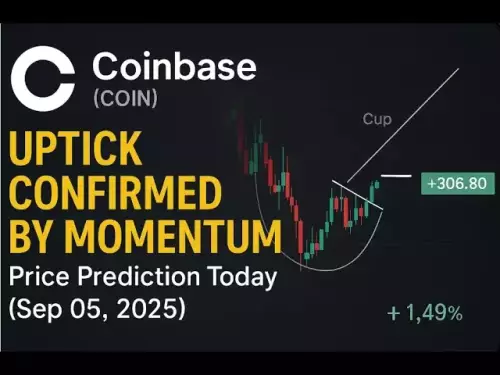-
 Bitcoin
Bitcoin $110700
-0.02% -
 Ethereum
Ethereum $4317
0.30% -
 Tether USDt
Tether USDt $0.0000
-0.01% -
 XRP
XRP $2.820
0.85% -
 BNB
BNB $850.1
0.65% -
 Solana
Solana $204.1
0.76% -
 USDC
USDC $0.9998
0.00% -
 Dogecoin
Dogecoin $0.2185
2.41% -
 TRON
TRON $0.3311
-1.13% -
 Cardano
Cardano $0.8337
2.94% -
 Hyperliquid
Hyperliquid $47.46
4.47% -
 Chainlink
Chainlink $22.38
0.19% -
 Ethena USDe
Ethena USDe $1.001
-0.02% -
 Bitcoin Cash
Bitcoin Cash $608.7
3.65% -
 Sui
Sui $3.388
2.77% -
 Stellar
Stellar $0.3605
2.07% -
 Avalanche
Avalanche $24.49
1.56% -
 Hedera
Hedera $0.2191
2.15% -
 Cronos
Cronos $0.2699
1.45% -
 UNUS SED LEO
UNUS SED LEO $9.539
-0.14% -
 Litecoin
Litecoin $112.2
0.59% -
 Toncoin
Toncoin $3.090
-0.33% -
 Shiba Inu
Shiba Inu $0.00001243
2.30% -
 Polkadot
Polkadot $3.837
1.66% -
 Uniswap
Uniswap $9.408
0.81% -
 Dai
Dai $0.9996
-0.05% -
 Ethena
Ethena $0.7383
13.07% -
 Monero
Monero $268.4
-0.63% -
 Aave
Aave $303.0
-1.26% -
 World Liberty Financial
World Liberty Financial $0.1822
-1.10%
What is a perpetual swap contract?
Perpetual swap contracts allow indefinite trading of crypto assets with leverage, using funding rates to align prices with the spot market.
Sep 06, 2025 at 06:00 am

Understanding Perpetual Swap Contracts
1. A perpetual swap contract is a type of derivative product commonly used in cryptocurrency trading that allows traders to speculate on the price of an asset without an expiration date. Unlike traditional futures contracts, which settle on a specific date, perpetuals can be held indefinitely as long as margin requirements are met.
2. These contracts are primarily settled in stablecoins or the native cryptocurrency of the exchange, such as USDT or BTC. This design enables traders to go long or short on assets like Bitcoin, Ethereum, and other digital tokens with leverage, amplifying both potential gains and losses.
3. The absence of an expiry date makes perpetual swaps particularly attractive for traders who want to maintain positions over extended periods without needing to roll over contracts. This flexibility supports both day traders and those with longer-term market views.
4. Funding rates are a core mechanism in perpetual swaps, ensuring the contract price stays close to the underlying asset’s spot price. Periodic payments are exchanged between long and short positions depending on whether the contract trades above or below the index price.
5. Exchanges such as Binance, Bybit, and OKX offer perpetual swap contracts with varying levels of leverage, sometimes reaching up to 100x. This high leverage increases risk, especially during volatile market conditions, and requires careful risk management from traders.
How Funding Rates Work
1. Funding rates are payments made between traders to align the perpetual contract price with the spot market. When the contract trades above the mark price, funding rates are positive, meaning long position holders pay shorts.
2. Conversely, if the contract trades below the fair market value, funding rates turn negative, and short position holders pay longs. This incentivizes traders to bring the contract price back in line with the spot price.
3. Funding is typically exchanged every 8 hours and is calculated based on the rate set by the exchange and the size of the open position. Traders must monitor these rates, as they can significantly impact profitability over time.
4. High positive funding rates may indicate excessive bullish sentiment, while persistently negative rates suggest bearish dominance. These signals are often used by experienced traders to assess market sentiment and adjust strategies accordingly.
5. Some trading platforms publish historical funding rate data, allowing users to analyze trends and anticipate potential shifts in market positioning based on funding cost fluctuations.
Risks and Leverage in Perpetual Swaps
1. Leverage allows traders to control large positions with relatively small capital, but it also increases exposure to liquidation. If the market moves against a leveraged position beyond a certain threshold, the exchange will automatically close the position.
2. Liquidation occurs when the margin balance falls below the maintenance requirement. Once triggered, traders lose their initial margin, and in some cases, may owe additional fees depending on the platform’s insurance mechanisms.
3. High volatility in cryptocurrency markets makes perpetual swaps particularly risky. Sudden price swings can lead to cascading liquidations, especially during news-driven events or macroeconomic shifts affecting the broader digital asset space.
4. The use of leverage amplifies emotional decision-making. Traders may hold losing positions too long in hopes of recovery or enter trades impulsively due to perceived opportunities, increasing the likelihood of substantial losses.
5. Risk management tools such as stop-loss orders, take-profit levels, and position sizing are essential when trading perpetual swaps. Traders who neglect these practices often face significant drawdowns, particularly in over-leveraged scenarios.
Frequently Asked Questions
What determines the funding rate in a perpetual swap?The funding rate is determined by the difference between the perpetual contract price and the underlying asset’s index price. Exchanges calculate it using a formula that includes the premium index and interest rate component, adjusting it periodically to maintain price alignment.
Can I avoid paying funding fees?Yes, traders can avoid funding fees by closing their positions before the funding timestamp, typically every 8 hours. Alternatively, taking a position in a market with negative funding allows one to earn payments from longs instead of paying them.
What happens when a perpetual swap position gets liquidated?Upon liquidation, the exchange closes the position automatically to prevent further losses. The trader loses the margin allocated to that trade. Some platforms use insurance funds to cover deep losses, but this does not return the lost margin to the trader.
Are perpetual swaps available for all cryptocurrencies?No, perpetual swaps are offered only for select cryptocurrencies with sufficient liquidity and trading volume. Major assets like BTC, ETH, SOL, and BNB are commonly available, while smaller-cap tokens may not have perpetual markets due to low demand and high volatility.
Disclaimer:info@kdj.com
The information provided is not trading advice. kdj.com does not assume any responsibility for any investments made based on the information provided in this article. Cryptocurrencies are highly volatile and it is highly recommended that you invest with caution after thorough research!
If you believe that the content used on this website infringes your copyright, please contact us immediately (info@kdj.com) and we will delete it promptly.
- BullZilla ($BZIL): Riding the Meme Coin Wave with Presale Price Potential
- 2025-09-06 06:45:14
- Bitcoin Whale Awakens: $10 Billion Ethereum Shift?
- 2025-09-06 06:25:11
- Cardano, Pi Network, and Presale Altcoins: What's the Buzz?
- 2025-09-06 04:45:15
- Bitcoin Hashrate, Price, and ATH: Navigating the Crypto Landscape
- 2025-09-06 04:30:12
- Tokens to Watch: Market Cap Projections for 2026
- 2025-09-06 05:05:13
- XRP, Trading Volume, and PayFi Altcoins: What's the Haps?
- 2025-09-06 04:50:12
Related knowledge

What to do if you are about to be liquidated?
Sep 06,2025 at 01:00am
Understanding Liquidation in the Crypto Market1. Liquidation occurs when a trader’s margin balance falls below the required maintenance margin, forcin...
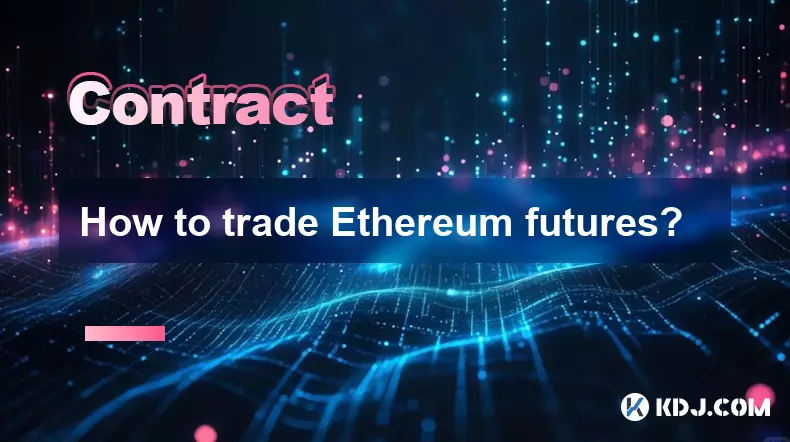
How to trade Ethereum futures?
Sep 05,2025 at 03:54pm
Understanding Ethereum Futures Basics1. Ethereum futures are financial derivatives that allow traders to speculate on the future price of ETH without ...
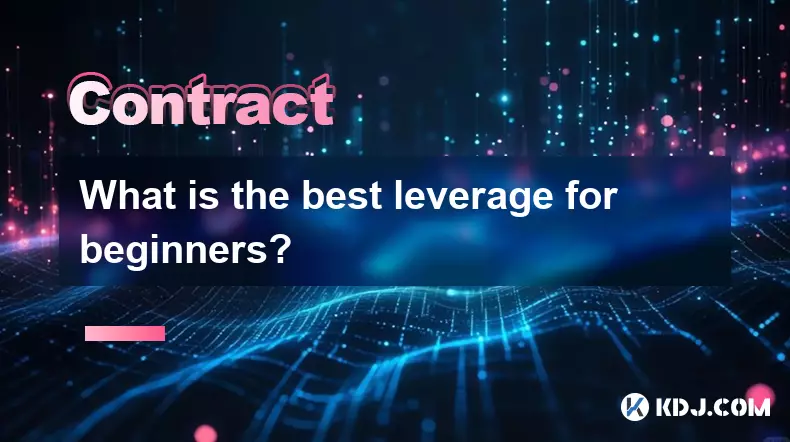
What is the best leverage for beginners?
Sep 06,2025 at 02:37am
Understanding Leverage in Cryptocurrency Trading1. Leverage allows traders to borrow funds to increase their position size beyond their available capi...
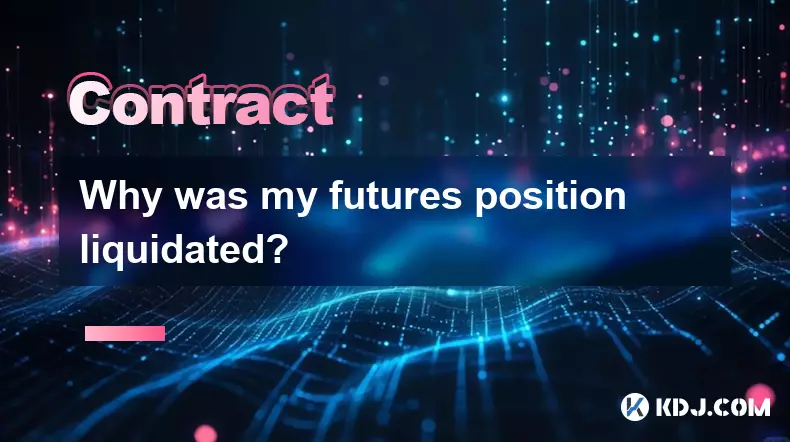
Why was my futures position liquidated?
Sep 06,2025 at 12:18am
Decentralized Exchanges and Their Impact on Crypto Trading1. Decentralized exchanges (DEXs) have reshaped the way users interact with digital assets b...
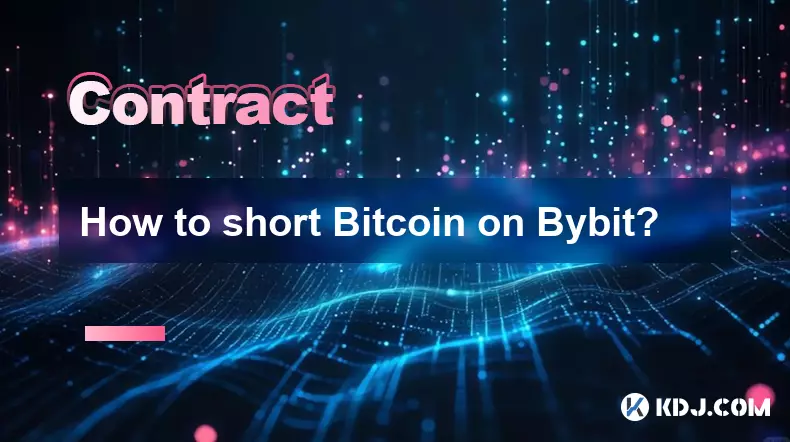
How to short Bitcoin on Bybit?
Sep 06,2025 at 04:36am
Understanding Short Selling on Bybit1. Short selling Bitcoin on Bybit allows traders to profit from price declines. This strategy involves borrowing B...
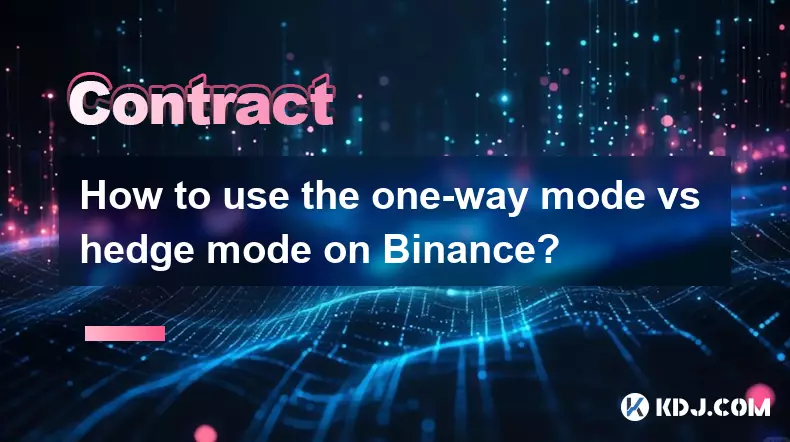
How to use the one-way mode vs hedge mode on Binance?
Sep 06,2025 at 07:54am
Understanding One-Way Mode on Binance1. One-way mode functions as a linear trading system where each position is independent and directional. Traders ...

What to do if you are about to be liquidated?
Sep 06,2025 at 01:00am
Understanding Liquidation in the Crypto Market1. Liquidation occurs when a trader’s margin balance falls below the required maintenance margin, forcin...

How to trade Ethereum futures?
Sep 05,2025 at 03:54pm
Understanding Ethereum Futures Basics1. Ethereum futures are financial derivatives that allow traders to speculate on the future price of ETH without ...

What is the best leverage for beginners?
Sep 06,2025 at 02:37am
Understanding Leverage in Cryptocurrency Trading1. Leverage allows traders to borrow funds to increase their position size beyond their available capi...

Why was my futures position liquidated?
Sep 06,2025 at 12:18am
Decentralized Exchanges and Their Impact on Crypto Trading1. Decentralized exchanges (DEXs) have reshaped the way users interact with digital assets b...

How to short Bitcoin on Bybit?
Sep 06,2025 at 04:36am
Understanding Short Selling on Bybit1. Short selling Bitcoin on Bybit allows traders to profit from price declines. This strategy involves borrowing B...

How to use the one-way mode vs hedge mode on Binance?
Sep 06,2025 at 07:54am
Understanding One-Way Mode on Binance1. One-way mode functions as a linear trading system where each position is independent and directional. Traders ...
See all articles

























